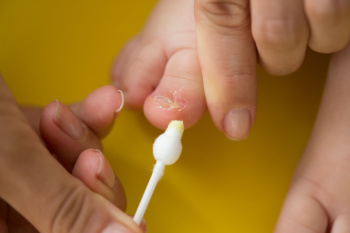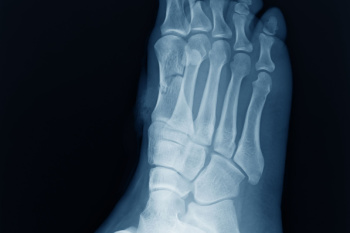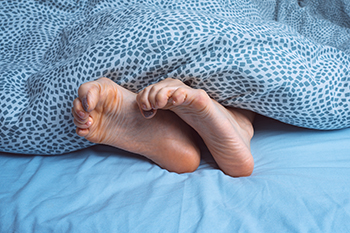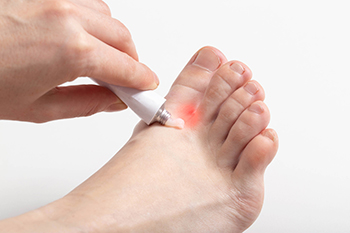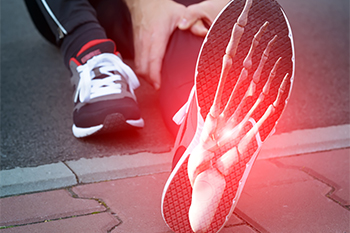
Selecting the appropriate shoes for running and walking is essential for comfort and injury prevention, especially considering different foot strike patterns. Heel strikers, who land on their heels first, benefit from shoes with ample cushioning in the rear to absorb impact. Midfoot strikers, who land with their foot flat, need shoes that offer balanced cushioning and support throughout the sole. Forefoot strikers, landing on the ball of their foot, require shoes with extra cushioning in the front. Proper shoes enhance performance and reduce the risk of injuries by aligning with the natural biomechanics of your stride. Investing in footwear tailored to your specific foot strike pattern ensures better support, comfort, and overall foot health. Foot injuries may happen from wearing the wrong type of shoes for the activity. If this applies to you, it is suggested that you consult a chiropodist who can treat various foot conditions, and educate you on appropriate shoes to wear.
Finding the right shoes can sometimes be a major hassle, especially if you intend to work out in them. There are shoes on the market designed specifically for running and walking, but it can be difficult to differentiate between the two and find the right shoes for you. If you’re having trouble finding the right shoes, please consult with one of the specialists from Thornhill Foot Clinic. Our chiropodists can help you maintain the health of your lower limbs and your mobility.
What are the differences between running and walking shoes?
These two types of shoes vary along several parameters.
Cushioning: Runners need more cushioning in the heel and forefoot areas of the shoe, while walkers can get away with less cushioning.
Heel height: Runners need a higher heel to provide them with stability, but the ideal height of the heel for runners varies depending on their running gait. Walkers generally don’t need a built-up heel.
Heel flare: Flared heels can help provide extra stability for runners with certain gaits, while walkers may benefit from a flared heel to control the motion of their foot.
Flexibility: Both runners and walkers need shoes that are flexible.
For more information about the differences between walking and running shoes, and to figure out which shoes may be right for you, please consult with a chiropodist. Feel free to contact our office located in . We offer the newest diagnostic and treatment technologies for all your foot care needs.
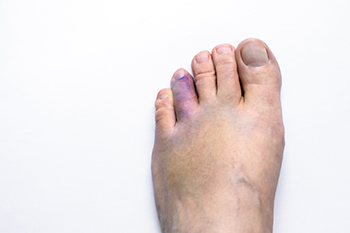 Broken toes
Broken toes